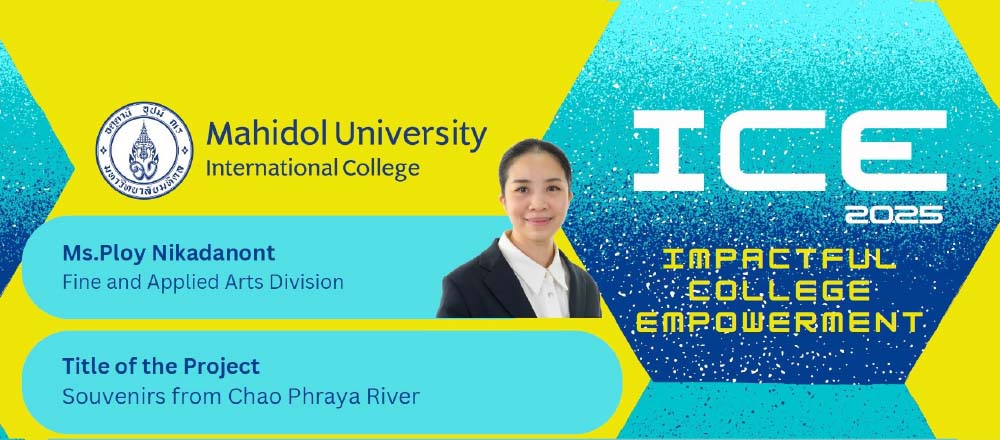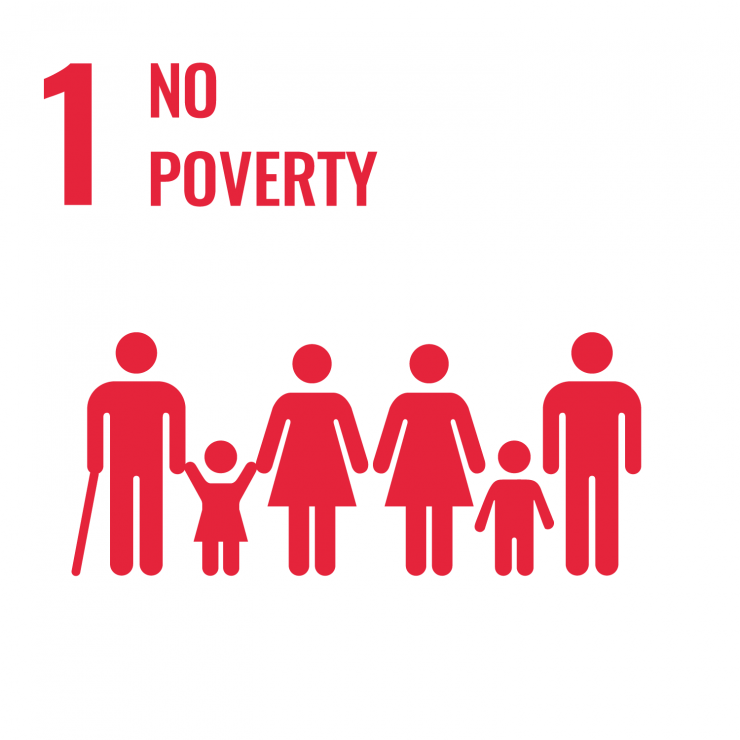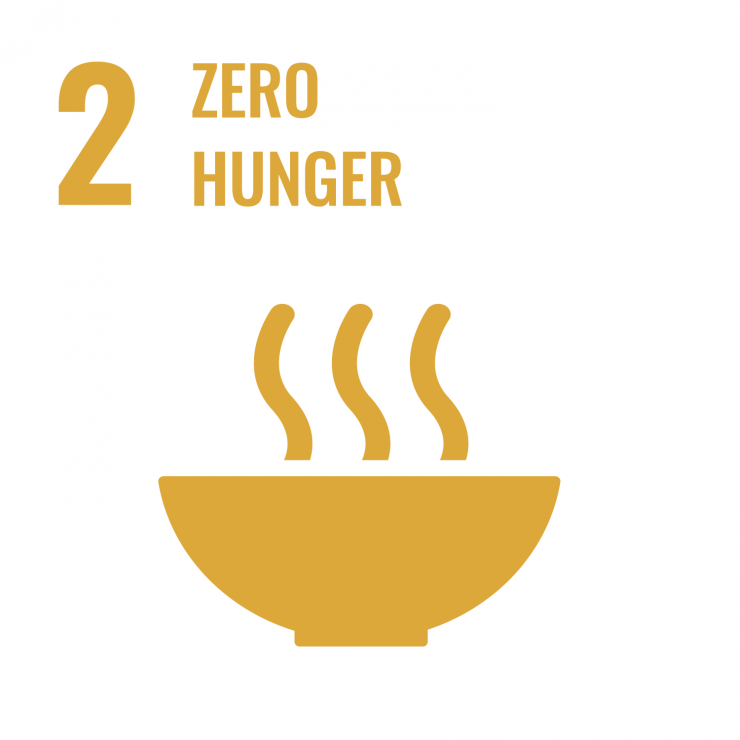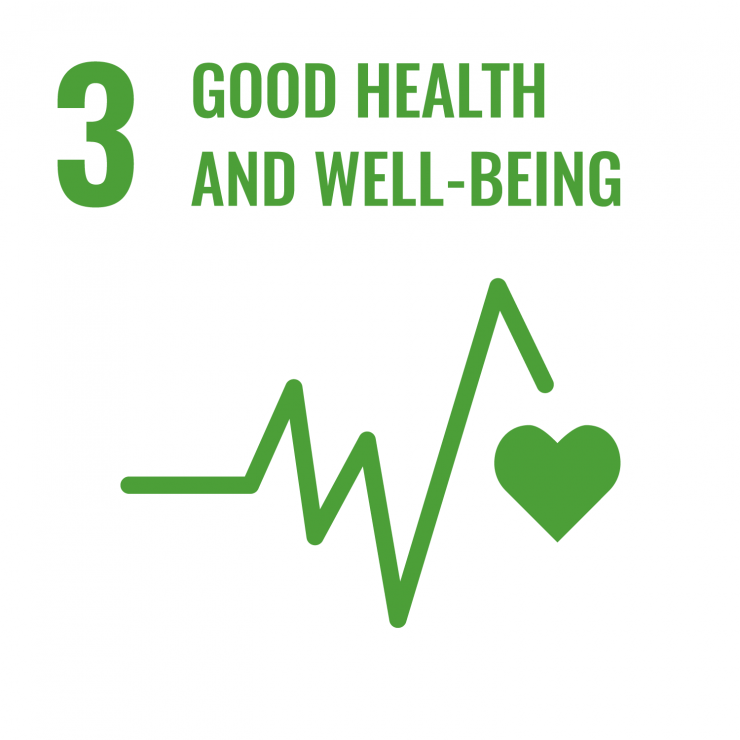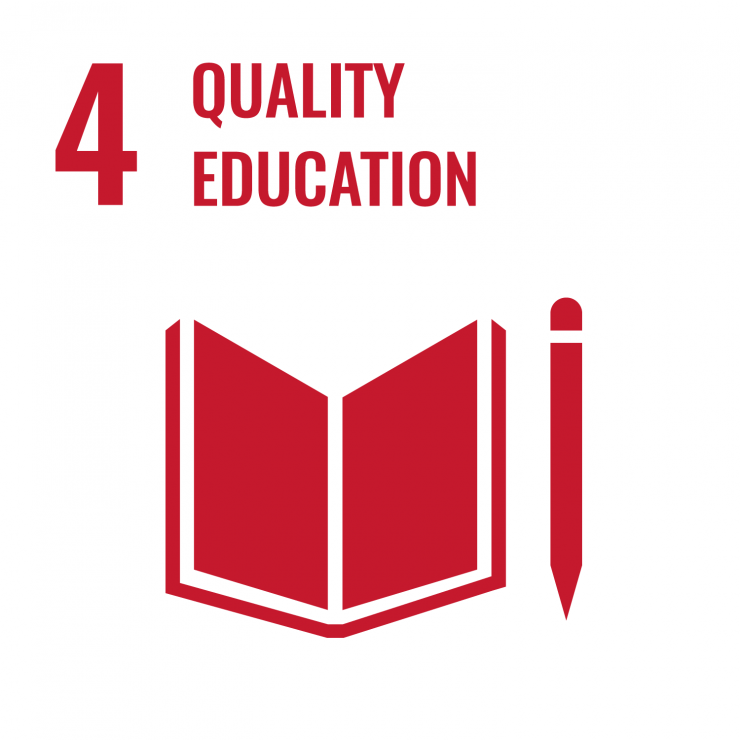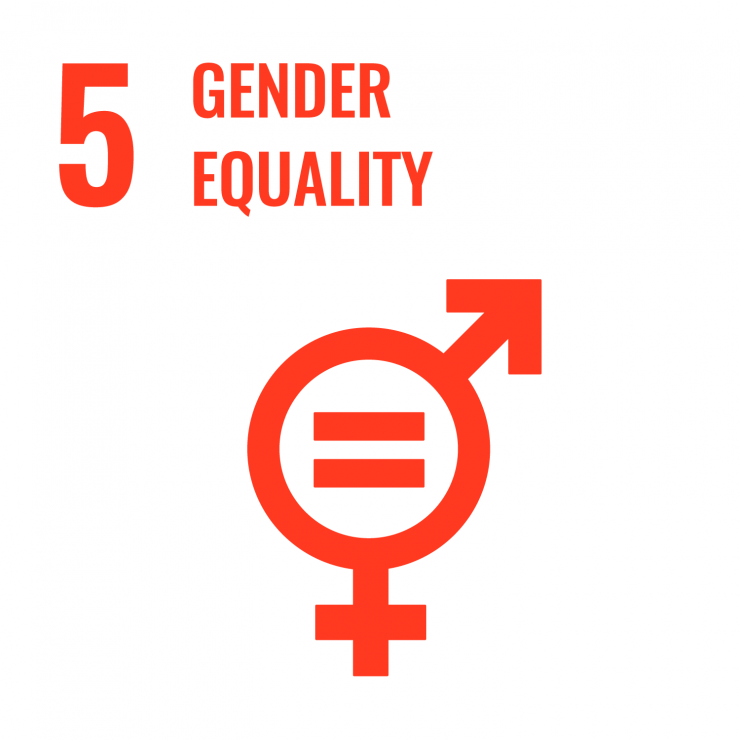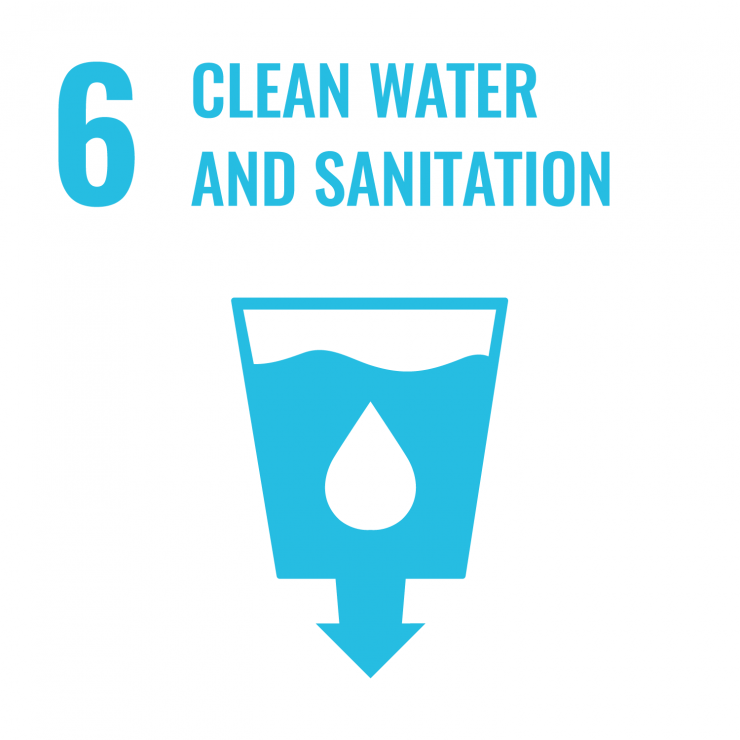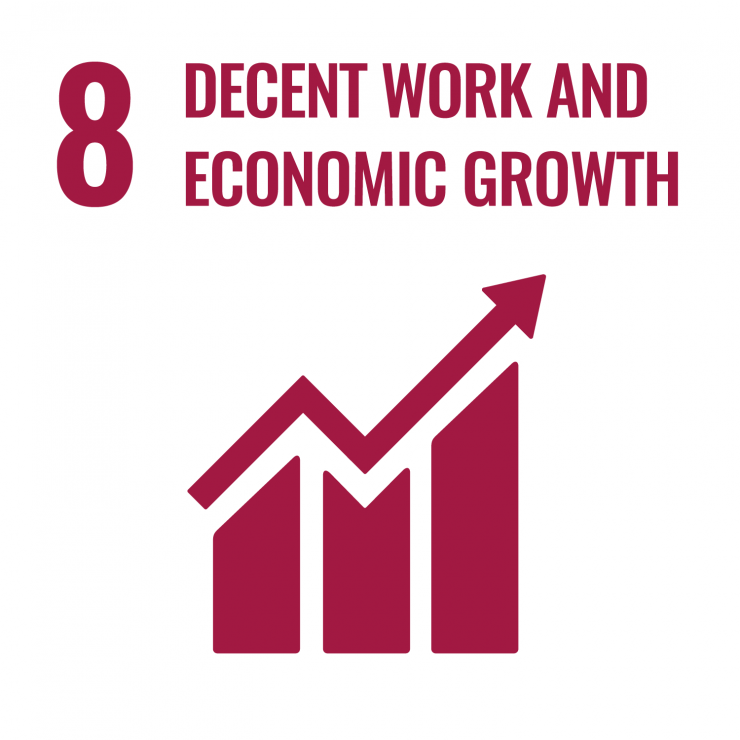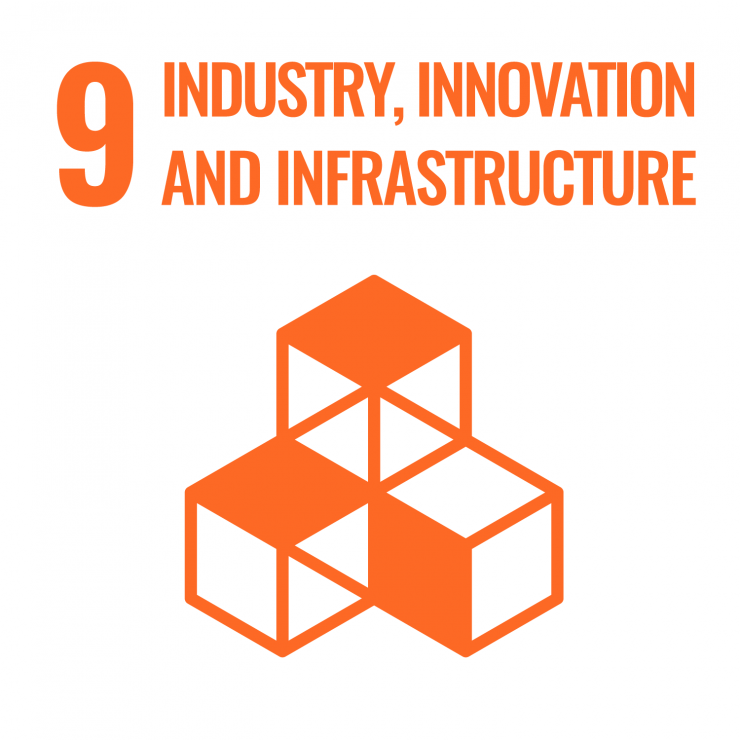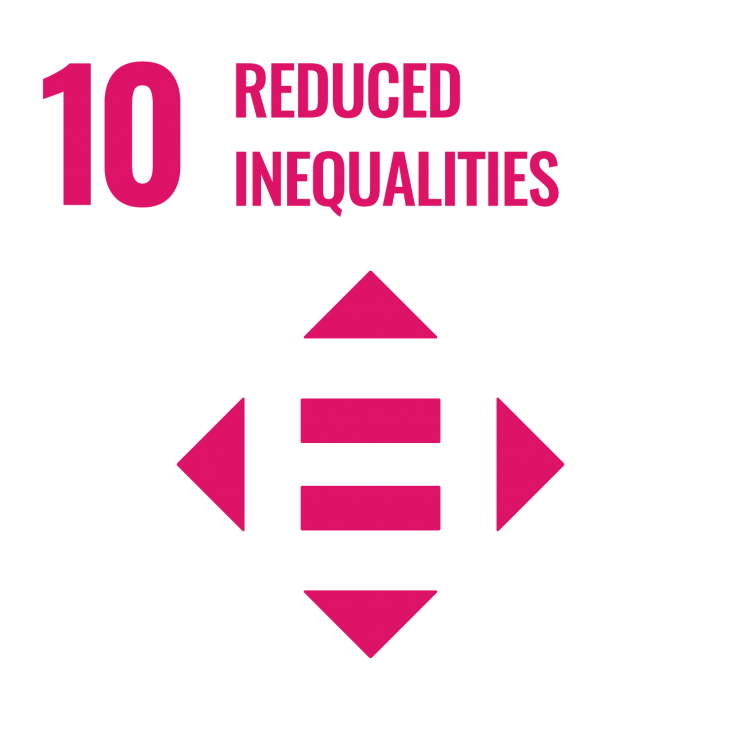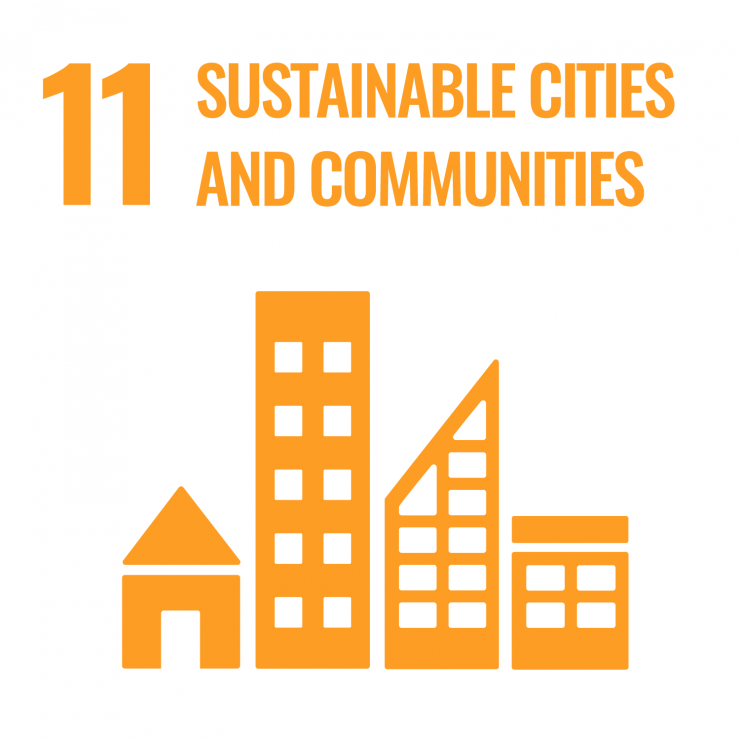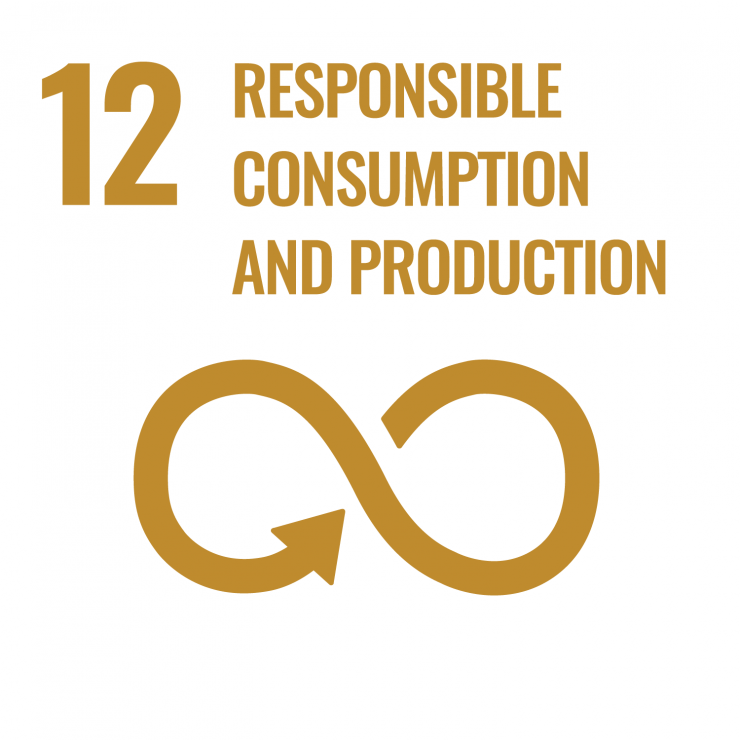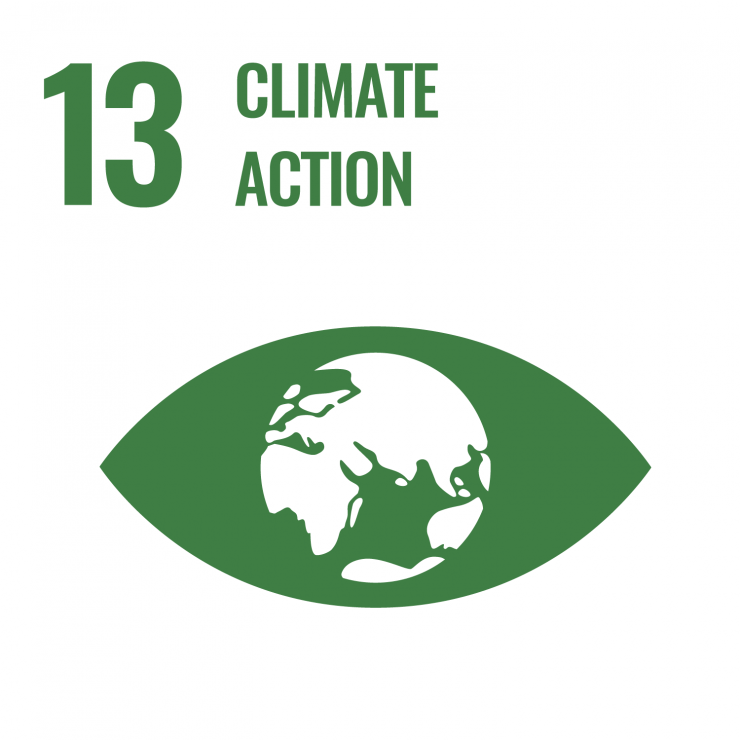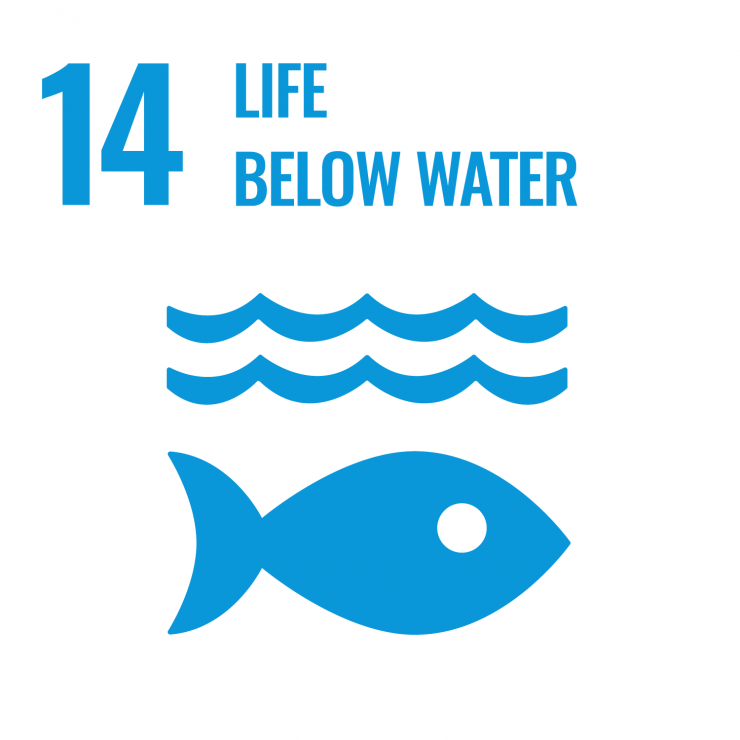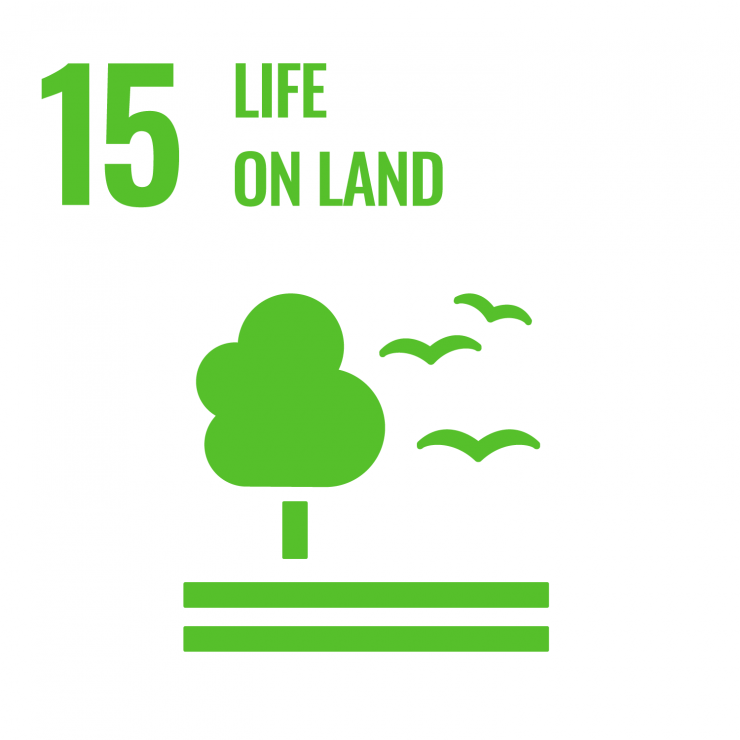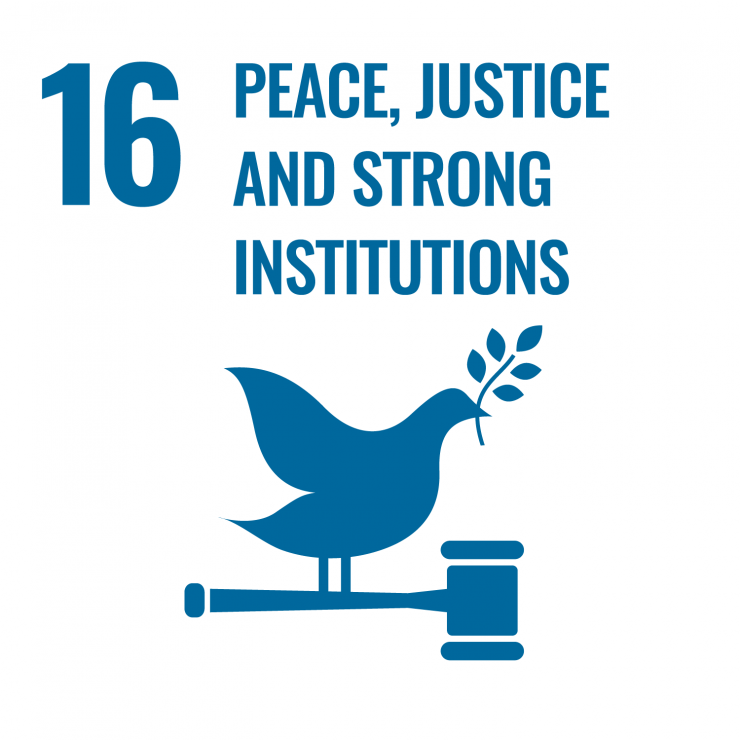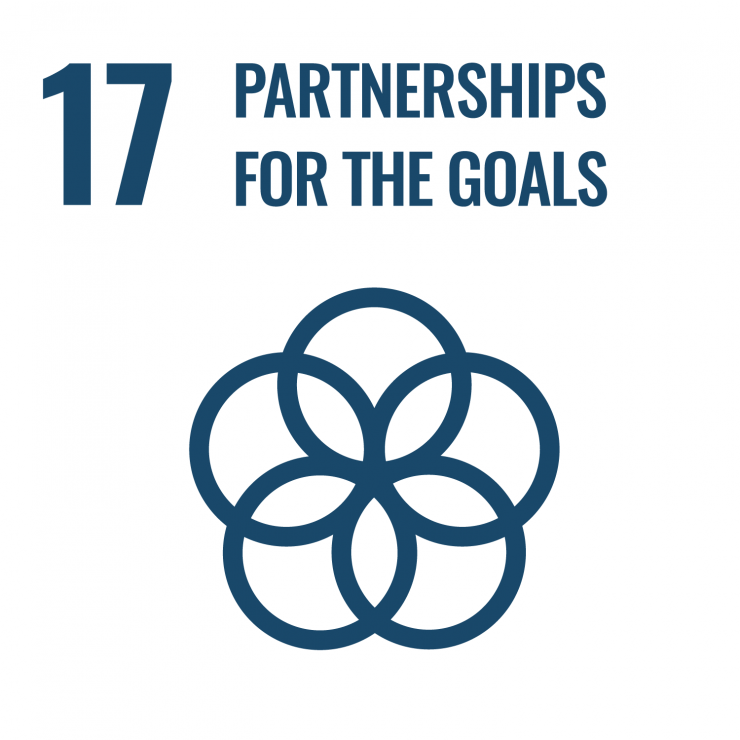Authors: Ploy Nikadanont
Traditional printmaking has been applied into many areas of arts and design. It has become one of the classes that art and design students around the world have to experience. Nowadays many printmaking artists, instructors and students have to work under toxic environment since studios and classes requires the use of chemicals, many materials used in the studio are toxic and unable to be recycled. For many decades, environmental concerns have been one of the most significant issues in printmaking area. Is there a way to make it more environmentally friendly and sustainable so that the lecturers, students, and artists who work in this field can have better lives quality?
The previous experimental projects “Monsters of the Sea” (2022) found that using recycled materials such as using Tetra Pak (beverage containers that consist of aluminum foils) instead of a copper plate for the intaglio process could be a good solution since it helps cut down chemical processes and also can help reusing beverage containers. The experiments’ outcomes, however, were unsatisfactory because only Tetra Pak can be used as a matrix, while other recycled materials like plastic bottles or foam boxes cannot. It is because the characteristics of materials are not suitable for use as a matrix, resulting low quality of work.
However, to make traditional printmaking class more sustainable, it is important to use recycle material especially food packaging and beverage containers. According to research published in “Environmental International” by scientists from the Vrije Universiteit Amsterdam (2021), the majority of micro-plastic particles found in human blood are PET and polystyrene, which are commonly used in beverage containers and food packaging. And for the last 3 years with the pandemic of Covid19, the numbers of plastic waste, particularly single-use plastics, from the food delivery industry has rapidly increased. Many of these items end up in rivers and then make their way to the sea where they contribute to marine pollution, resulting marine life tainted with plastic, and we intake them. Therefore, the aim of this project is to continue searching for the approach of how to utilize recycled material, especially plastics from food and beverage containers as a material in traditional printmaking studio in order to make printmaking more sustainable by reduce chemical process and be able to create efficiently recycle system for food packaging and beverage containers before it is too late.
Abstract can be accessed at

